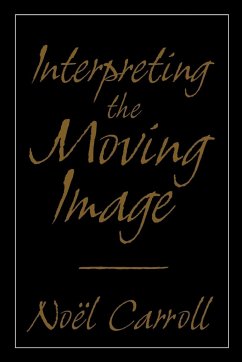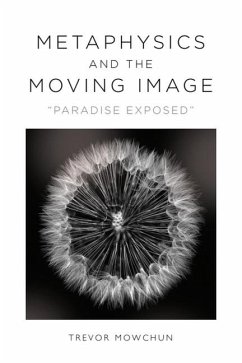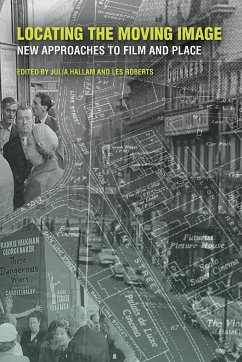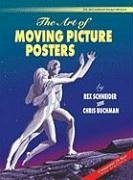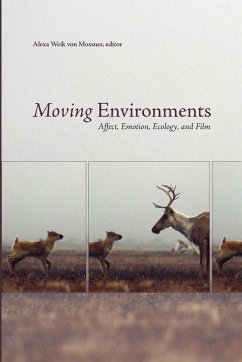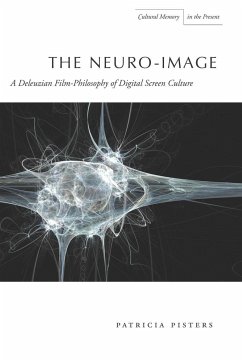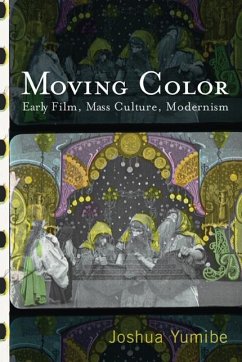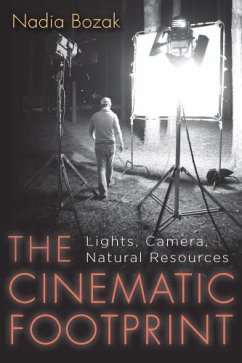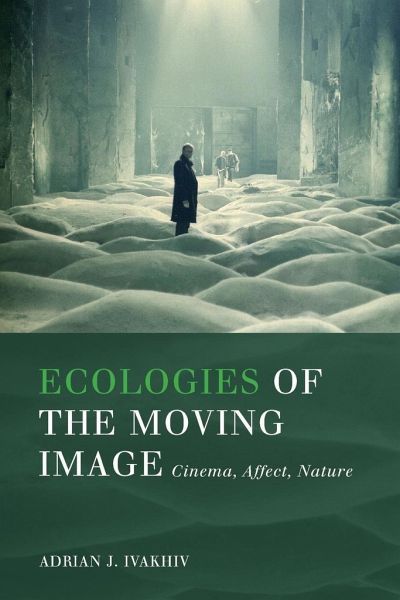
Ecologies of the Moving Image
Cinema, Affect, Nature
Versandkostenfrei!
Versandfertig in über 4 Wochen
54,99 €
inkl. MwSt.

PAYBACK Punkte
27 °P sammeln!
This book presents an ecophilosophy of cinema: an account of the moving image in relation to the lived ecologies - material, social, and perceptual relations - within which movies are produced, consumed, and incorporated into cultural life. If cinema takes us on mental and emotional journeys, the author argues that those journeys that have reshaped our understanding of ourselves, life, and the Earth and universe. A range of styles are examined, from ethnographic and wildlife documentaries, westerns and road movies, sci-fi blockbusters and eco-disaster films to the experimental and art films of...
This book presents an ecophilosophy of cinema: an account of the moving image in relation to the lived ecologies - material, social, and perceptual relations - within which movies are produced, consumed, and incorporated into cultural life. If cinema takes us on mental and emotional journeys, the author argues that those journeys that have reshaped our understanding of ourselves, life, and the Earth and universe. A range of styles are examined, from ethnographic and wildlife documentaries, westerns and road movies, sci-fi blockbusters and eco-disaster films to the experimental and art films of Tarkovsky, Herzog, Malick, and Brakhage, to YouTube's expanding audio-visual universe.



